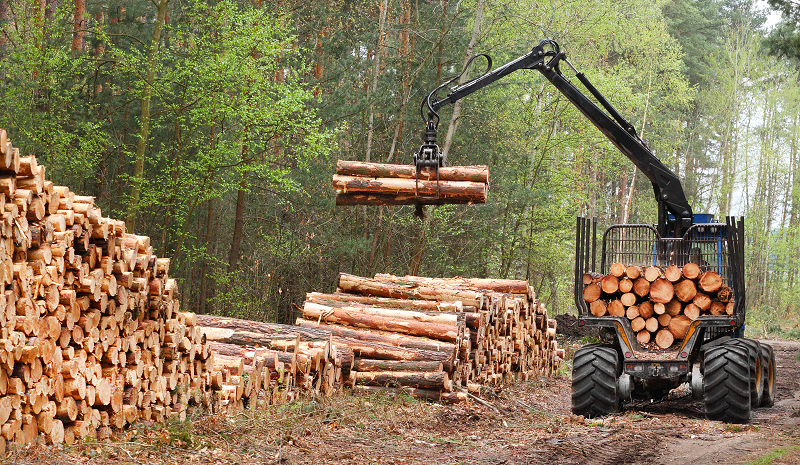The board, which presented its Western Business Outlook in Nanaimo on Wednesday, said while the Island has enjoyed economic growth in the 2.5 to 3.5 per cent range over the past few years, it is likely to dip to two per cent this year.
That’s because fewer people are moving to the Island and the spectre of a prolonged softwood lumber dispute with the United States, said to Susan Mowbray, senior manager with MNP business consultants.
Mowbray, who provided the Island perspective during the Conference Board’s presentation, said regional economic differences could be highlighted over the next two years as the effects of a softwood lumber dispute will affect the mid- and north-Island economies in particular.
The U.S. Department of Commerce reignited the dispute by launching an investigation into allegations Canada is dumping lumber into the U.S. That investigation carries a threat of duties on future B.C. lumber exports.
“The effect will depend on what happens with the softwood lumber dispute and right now we don’t have a good sense of how it will unfold,” said Mowbray. “With the new administration in Washington being very protective, that could mean we’re looking at a prolonged dispute.”
Countering that is a more diverse B.C. lumber industry that exports new products to a variety of markets, and the fact the U.S. cannot meet its own demand for wood, which could lead to the U.S. construction lobby pushing for a relatively quick resolution. “There are a lot of unknowns,” Mowbray said.
As for cities such as Victoria and Nanaimo, Mowbray said the slowdown in economic output will likely be the result of declining in-migration numbers as other regions of the country rebound.
“The labour force [on the Island] has grown over the last year, the first time that’s happened in over a decade,” she said, noting a lot of that has been in construction — driven by in-migration of people — and the growing technology industry.
While those sectors appear to be solid, Mowbray said the number of people moving to the Island will slow over the next two years.
But there will still be plenty of people visiting. Following on a record year in 2016, the Island’s tourism industry is expected to remain strong this year and next.
“The outlook for the Canadian dollar is for it to remain in the 72 to 80 cent range,” she said, meaning it’s weak enough to keep Canadians close to home while attracting more visitors from the U.S., Europe and beyond.
She said the Victoria housing market is a bit of an unknown, as it’s unclear what effect the foreign buyers tax in Vancouver is having in terms of driving foreign investment to the Island, and what a cooler mainland housing market means for Victoria home prices.
Mowbray said for the most part the Island is insulated from major swings in economic fortune. “One of the things that is very evident on Vancouver Island is the diversity of its economy. Even when one industry is affected it may benefit others, which may pick up some of the slack,” she said.
The board expects the overall provincial economy to grow by about 1.5 to 2.0 per cent this year, while Canada is expected to report GDP growth of about two per cent.


